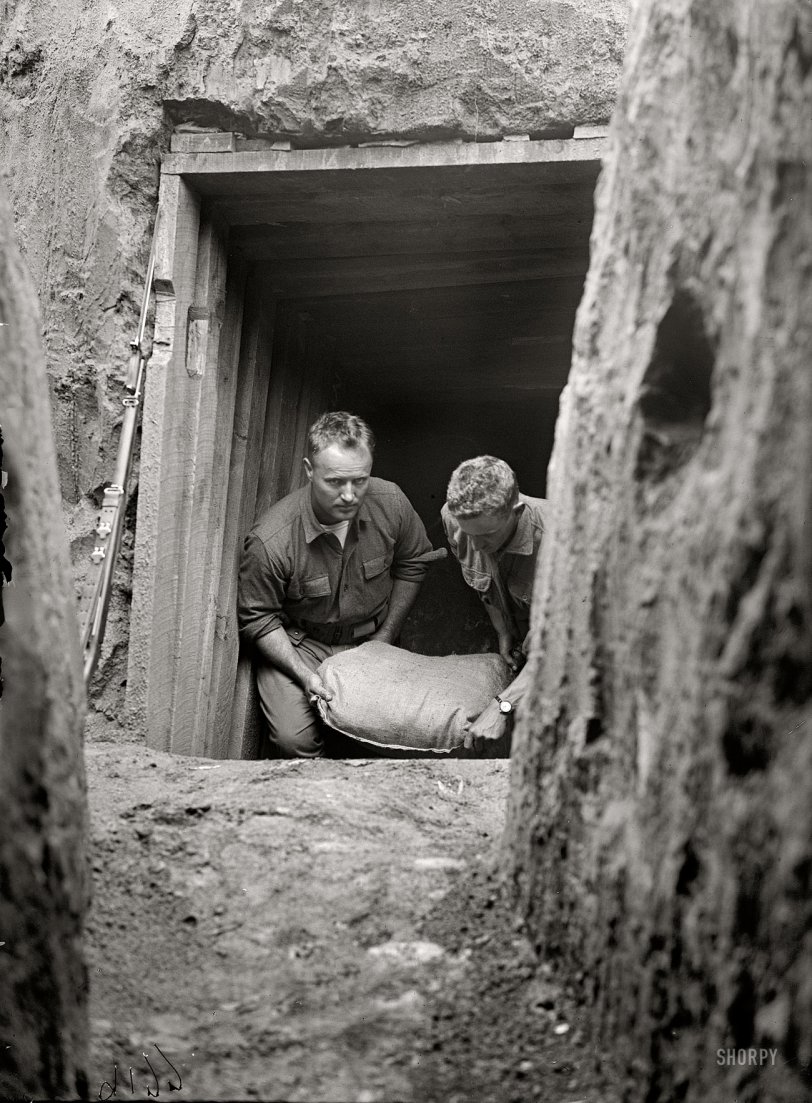


Framed or unframed, desk size to sofa size, printed by us in Arizona and Alabama since 2007. Explore now.
Shorpy is funded by you. Patreon contributors get an ad-free experience.
Learn more.

- Baldwin 62303
- Baldwin VO-1000
- Cold
- No expense spared
- Tough Guys
- Lost in Toyland
- And without gloves
- If I were a blindfolded time traveler
- Smoke Consumer Also Cooks
- Oh that stove!
- Possibly still there?
- What?!?
- $100 Reward
- Freeze Frame
- Texas Flyer wanted
- Just a Year Too Soon
- WWII -- Replacing men with women at the railroad crossing.
- Yes, Icing
- You kids drive me nuts!
- NOT An Easy Job
- I wonder
- Just add window boxes
- Icing Platform?
- Indiana Harbor Belt abides
- Freezing haze
- Corrections (for those who care)
- C&NW at Nelson
- Fallen Flags
- A dangerous job made worse
- Water Stop
Print Emporium
Warfare 101: 1917

Washington, D.C., 1917. "American University training camp, miscelleaneous views." Harris & Ewing Collection glass negative. View full size.
What?
This seriously looks new-ish. Can you verify the age of the picture, does it have some record from a library or something like that? Could it be an old re-enactment? If from 1917 it's very amazing!
[This is one of many Harris & Ewing glass negatives from the Library of Congress archive documenting the American University training camp in 1917. - Dave]
More on A.U. and the Army
@ Cholliser - very informative and quite correct. Today I believe that visitors to the Spring Valley neighborhood can even still see a large metal shed on the grounds of the Korean Ambassador's residence, which covers Corps of Engineers work on soil testing and munitions disposal.
The Washington Post ran an interesting piece a few years ago which told of how, during its heyday, the chemical warfare tests there would cause great clouds of gas to waft across Massachusetts Avenue, and one anecdote told of a U.S. Senator's party being rather rudely interrupted by such an occurrence.
Uncle Warren
The man on the left look exactly like my great uncle Warren, who would have been about the right age, too.
Remnants of War
During World War I, the U.S. Army conducted chemical weapons research on a large parcel of land that coincided somewhat with the campus of the American University. At the time, this was a hilly, wooded area in northwest Washington, D.C. Conventional as well as chemical munitions were summarily buried "in the woods" after testing was over. From the 1930s onward, single family home construction transformed the area into what's known as Spring Valley. Some parcels were passed over, perhaps because developers at the time knew better. But by the 1990s, the area's chemical warfare legacy was largely forgotten, and the city government's land use authorities remained oblivious to the issue. A new generation of homebuilders sought to develop the last available lots. And behold, workers in 1993 stumbled across caches of lewisite, arsenic, and even rusting conventional bombs. To appease homeowners, the Army Corps of Engineers has performed soil tests in the area to varying degrees ever since. As you can imagine, legal challenges have been issued. To date, the courts have indemnified the Army, since such disposal procedures were legal, and at the time, widely practiced.
Looks more like the 50's.
If it wasn't for the rifle, I'd would say this was taken in the fifties, or even the sixties. The quality of the image, as well as the guy on the left, make this look more modern. Amazing.
























On Shorpy:
Today’s Top 5